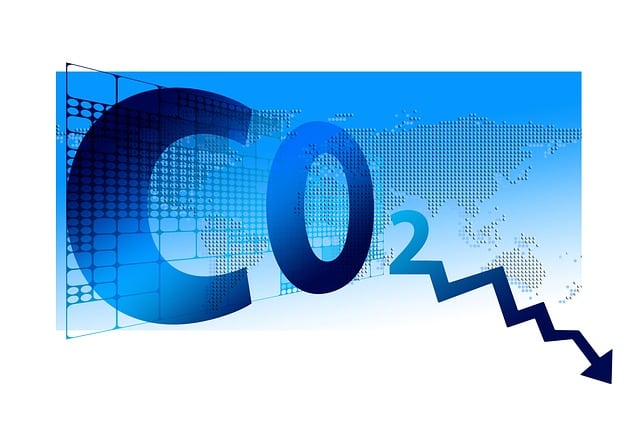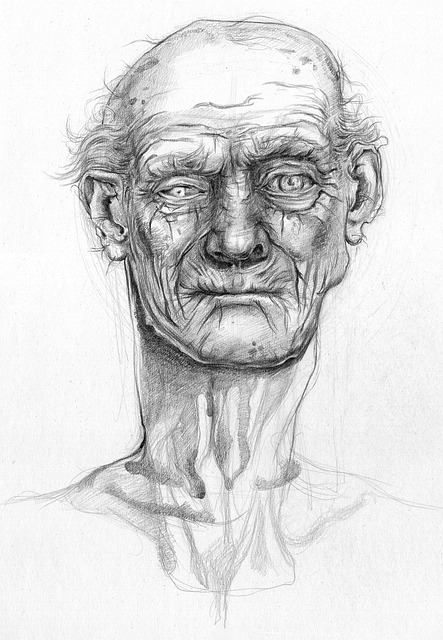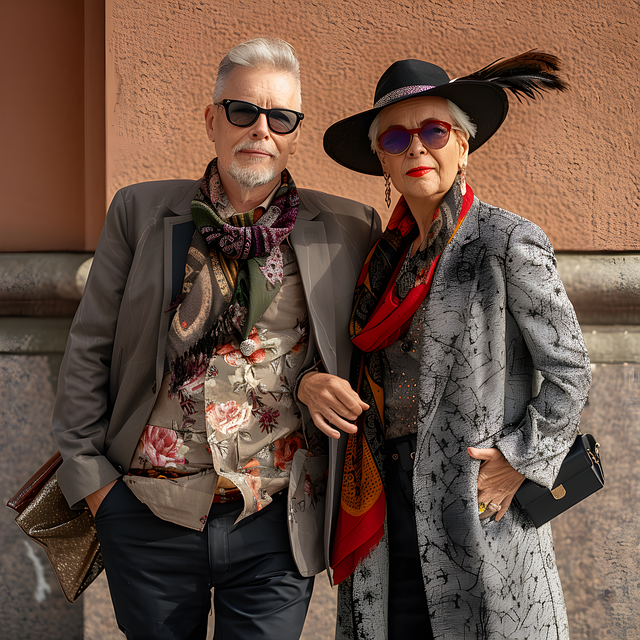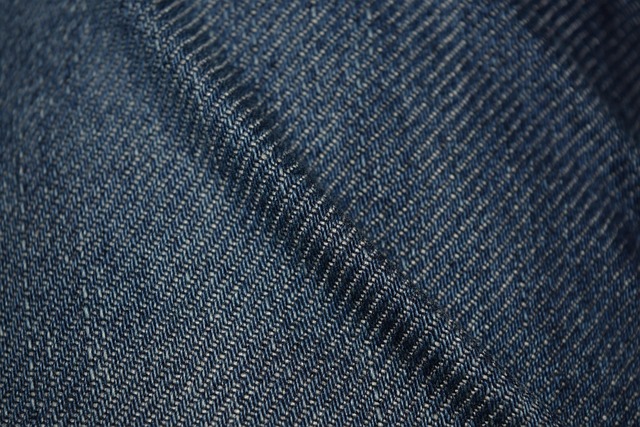Understanding wrinkles is key to effective wrinkle reduction. There are two main types: expression lines (muscle contractions) and static lines (permanent skin changes). Environmental factors accelerate wrinkle formation. Targeted strategies, ranging from at-home routines with antioxidants and hydroxy acids to advanced treatments like microneedling and peptide therapy, can reduce wrinkles over time. Topical creams with retinol, vitamin C, hyaluronic acid, and peptides show significant results. Non-invasive procedures like microdermabrasion and injectables (Botox, dermal fillers) offer quick, minimal side effect solutions. Adopting a healthy lifestyle with hydration, diet, exercise, stress management, and sleep aids in wrinkle prevention and reduction.
Advanced wrinkle reduction techniques have transformed the way we combat signs of aging. Understanding the intricate causes and diverse types of wrinkles is the first step towards effective treatments. This article delves into current methods, highlighting advancements in science that offer promising solutions. From topical creams and serums to non-invasive procedures and lifestyle changes, discover a comprehensive approach to achieving and maintaining youthful skin. Implement these strategies for significant wrinkle reduction and prevention.
Understanding Wrinkles: Causes and Types

Wrinkles are a natural part of aging, but understanding their causes and types is key to effective wrinkle reduction. They can be categorized into two main types: expression lines and static lines. Expression lines, also known as dynamic wrinkles, form due to repeated muscle contractions when we smile, frown, or squint. These lines are often seen around the eyes, mouth, and forehead and are typically temporary but can become more pronounced over time if not cared for. Static lines, on the other hand, are permanent changes in skin structure caused by sun exposure, smoking, and aging. They appear as fine lines or creases that don’t disappear even when muscles relax.
Several factors contribute to wrinkle formation. The most common culprits are environmental damage, genetic predisposition, lifestyle choices, and hormonal fluctuations. Exposure to ultraviolet (UV) radiation from the sun is a major cause of premature aging, leading to both static and expression lines. Smoking and excessive alcohol consumption can also accelerate the process by impairing collagen production and circulation in the skin. Hormonal changes, such as those during pregnancy or menopause, may result in temporary wrinkle formation, especially around the eyes and mouth.
Current Methods for Wrinkle Reduction

In the pursuit of achieving youthful-looking skin, wrinkle reduction has become a top priority for many. The current landscape of skincare offers a plethora of methods to combat signs of aging. From topical creams containing retinol and peptides to in-clinic treatments like chemical peels and laser therapy, these techniques have proven effective in minimizing fine lines and wrinkles. Each approach targets different aspects of skin aging, whether it’s boosting collagen production, exfoliating dead skin cells, or protecting the skin from environmental damage.
Topical antioxidants and hydroxy acids are also popular choices for at-home wrinkle reduction routines. These ingredients help to neutralize free radicals and promote cell turnover, resulting in a more radiant and smooth complexion. Moreover, advanced technologies like microneedling and ultrasound treatments have emerged, offering non-invasive ways to stimulate collagen renewal and enhance product absorption. With such diverse options available, individuals can tailor their skincare regimens to suit their specific needs, ensuring effective wrinkle reduction over time.
Advancements in Science for Effective Treatments

The scientific community’s relentless pursuit of innovative solutions has brought about remarkable advancements in wrinkle reduction treatments. Traditional methods like retinol and glycolic acid have been joined by cutting-edge techniques such as peptide therapy, which targets specific proteins to stimulate collagen production, thereby reducing fine lines and wrinkles. Additionally, the emergence of stem cell technology offers a promising approach by encouraging skin cells to renew and repair themselves, leading to smoother, more youthful skin.
These advancements are not limited to topical applications; injections like Botox have evolved to provide longer-lasting results, temporarily paralyzing muscles that cause dynamic wrinkles. Further research into neuropeptides and advanced delivery systems continues to refine these treatments, making wrinkle reduction more effective and accessible than ever before, catering to those seeking significant improvements in skin appearance.
Topical Creams and Serums: Formulas for a Youthful Skin

Topical creams and serums play a pivotal role in achieving advanced wrinkle reduction, offering targeted treatments for various skin concerns. These formulations are enriched with potent ingredients like retinol, vitamin C, hyaluronic acid, and peptides, which have been scientifically proven to stimulate collagen production, enhance skin elasticity, and fill in fine lines and wrinkles. Retinol, a derivative of vitamin A, gently exfoliates the skin, unclogs pores, and reduces the appearance of age spots and fine lines.
Vitamin C, a powerful antioxidant, protects the skin from environmental damage caused by free radicals, while promoting collagen synthesis. Hyaluronic acid, known for its moisture-binding properties, hydrates the skin, plumping it up and reducing the depth of wrinkles. Peptides, on the other hand, mimic the natural proteins in our skin, stimulating muscle contraction and supporting a firmer, more youthful complexion. By incorporating these innovative formulas into your skincare routine, you can achieve remarkable wrinkle reduction results and unlock a radiant, rejuvenated skin.
Non-Invasive Procedures: Minimally Invasive Ways to Reduce Wrinkles

In the quest for achieving a youthful complexion, non-invasive procedures have emerged as popular choices due to their minimal side effects and quick recovery times. These treatments offer a range of options for effective wrinkle reduction without the need for extensive surgeries or lengthy downtime. One such method is microdermabrasion, which involves gently exfoliating the skin’s surface to stimulate collagen production. This procedure can improve fine lines, age spots, and overall skin texture.
Another minimally invasive approach is injectable treatments, such as Botox and dermal fillers. These injections work by relaxing muscle activity or adding volume to specific areas, thereby reducing the appearance of wrinkles. With precise application, these techniques can target expression lines around the eyes, forehead, and mouth, providing a more relaxed and youthful look. The beauty of these non-invasive procedures lies in their ability to offer immediate results, making them a go-to choice for those seeking quick and effective wrinkle reduction solutions.
Lifestyle Changes for Long-Lasting Wrinkle Prevention

Adopting a healthy lifestyle is a powerful tool in the quest for long-lasting wrinkle prevention. Simple yet effective changes can significantly impact your skin’s aging process. First and foremost, staying hydrated is key; drinking an ample amount of water throughout the day helps maintain skin elasticity and prevents dryness, a common contributor to wrinkles. Additionally, incorporating a balanced diet rich in antioxidants, vitamins, and minerals supports collagen production, which is essential for keeping skin firm and smooth. Regular exercise not only benefits overall health but also improves blood circulation, ensuring nutrients reach deeper skin layers.
Beyond dietary and physical routines, managing stress levels is crucial. Chronic stress can accelerate the aging process, leading to premature wrinkles. Practicing relaxation techniques like meditation or yoga can help counteract this effect. Adequate sleep is another often-overlooked aspect; during sleep, the body repairs itself, and skin regeneration occurs, leaving your complexion looking refreshed and rejuvenated.
